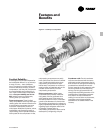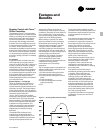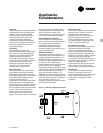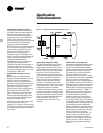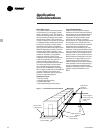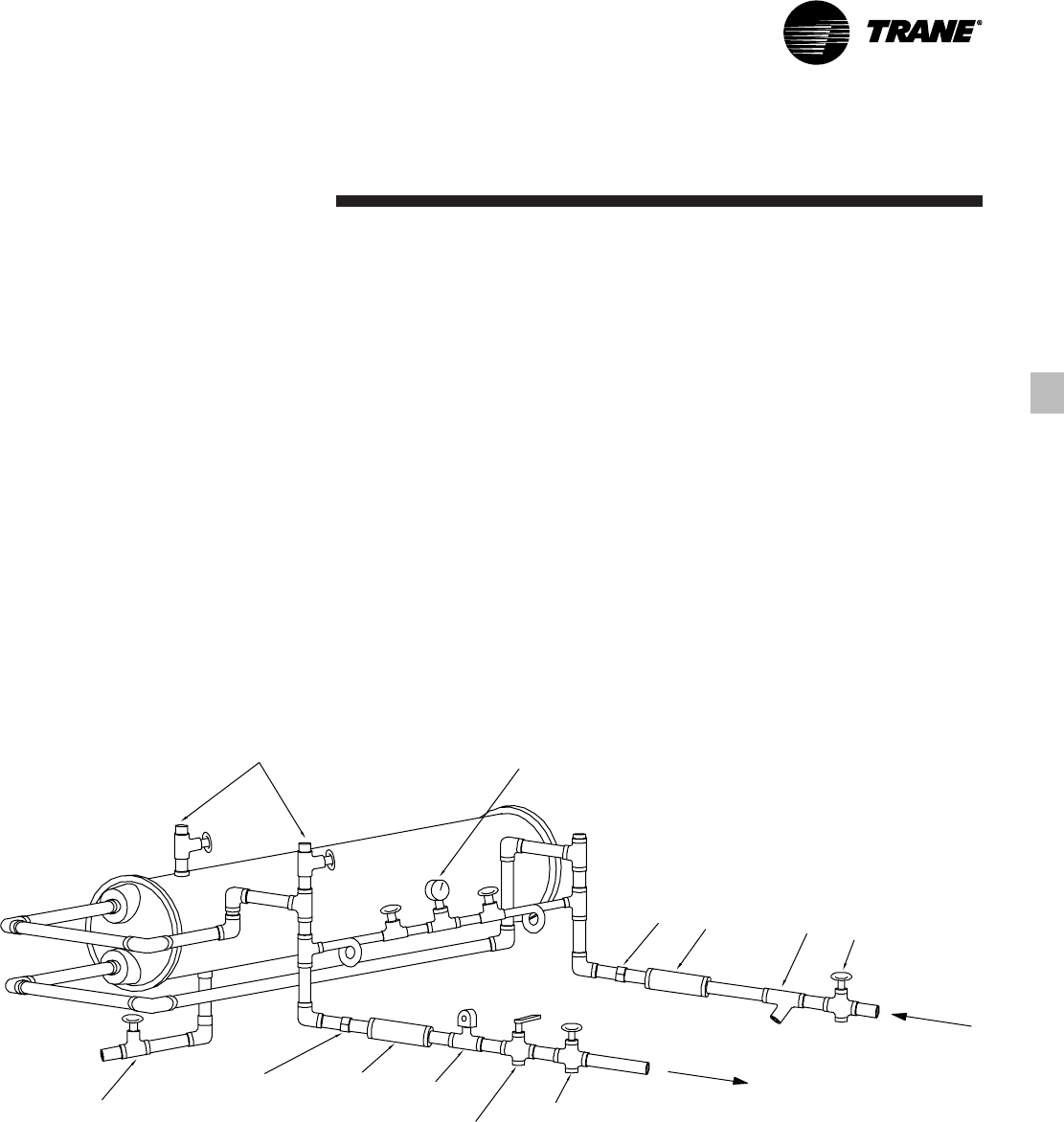
11RLC-PRC006-EN
Application
Considerations
Ice Storage Provides Reduced Electrical
Demand
An ice storage system uses a standard
chiller to make ice at night when utilities
charge less for electricity. The ice
supplements or even replaces
mechanical cooling during the day when
utility rates are at their highest. This
reduced need for cooling results in big
utility cost savings.
Another advantage of ice storage is
standby cooling capacity. If the chiller is
unable to operate, one or two days of ice
may still be available to provide cooling.
In that time the chiller can be running
again before building occupants feel any
loss of comfort.
The Trane Model RTAC chiller is uniquely
suited to low temperature applications
like ice storage because of the ambient
relief experienced at night. This allows
the Model RTAC chiller to produce ice
efficiently, with less stress on the
machine.
Simple and smart control strategies are
another advantage the Model RTAC
chiller offers for ice storage applications.
Trane Tracer
™
building management
systems can actually anticipate how
much ice needs to be made at night and
operate the system accordingly. The
controls are integrated right into the
chiller. Two wires and preprogrammed
software dramatically reduce field
installation cost and complex
programming.
Typical Water Piping
All building water piping must be
flushed prior to making the final
connections to the chiller. To reduce heat
loss and prevent condensation,
insulation should be installed. Expansion
tanks are also usually required so that
chilled water volume changes can be
accommodated. A typical piping
arrangement is shown in Figure 6.
Figure 6 — Water Piping Recommendations
Vents
Valved
Pressure
Gage
Union
Elastomeric
Vibration
Eliminator
Water
Strainer
Gate
Valve
Gate Valve
Balancing Valve
Flow Switch
(Optional)
Elastomeric
Vibration
Eliminator
Union
Drain





